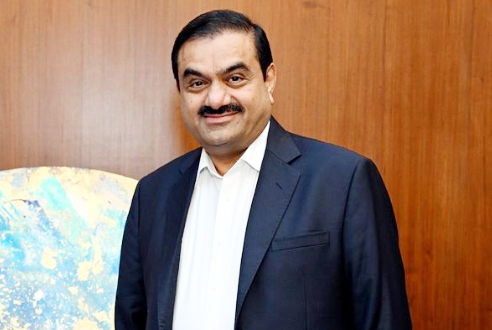Richa S Kakkar/ TNF
The rise of Over-The-Top (OTT) platforms like Netflix, Amazon Prime Video, Disney+, and countless others has redefined how we consume entertainment. These platforms bypass traditional broadcasting and cable TV to deliver content directly to viewers via the internet. But beyond binge-worthy shows and blockbuster films, how do these platforms make money? Let’s break down the business models that drive their success.
- Subscription-Based Model (SVOD)
The most common and lucrative business model for OTT platforms is the Subscription Video On Demand (SVOD) model. Platforms like Netflix and Disney+ charge users a monthly or yearly fee for access to their content library.
• How it works: Subscribers pay for ad-free, unlimited access to content. Prices vary based on the number of screens or resolution (HD/4K).
• Revenue Driver: The large subscriber base. For example, Netflix boasts over 240 million global subscribers. With steady monthly income, this model ensures predictable revenue streams.
However, the challenge lies in retaining users, which requires a consistent flow of compelling content to justify the subscription cost.
- Ad-Supported Model (AVOD)
Some platforms, such as YouTube and certain tiers of Hulu, operate on an Advertising Video On Demand (AVOD) model. Here, users can access content for free but must endure ads.
• How it works: Advertisers pay the platform to showcase their ads, targeting specific demographics or preferences.
• Revenue Driver: Ad impressions, clicks, and brand partnerships. Advertisers are drawn to these platforms due to precise audience targeting using algorithms.
This model appeals to cost-conscious viewers while generating significant ad revenue. For instance, YouTube reported $37 billion in ad revenue in 2022.
- Hybrid Model
Many OTT platforms combine both SVOD and AVOD models to cater to a broader audience. Disney+ offers a lower-cost, ad-supported tier and a pricier ad-free version.
• How it works: Users can choose between paying for an ad-free experience or watching content for free with ads.
• Revenue Driver: Diversified income streams from both ads and subscriptions.
This model allows platforms to maximize their audience reach while tapping into multiple revenue sources.
- Transaction-Based Model (TVOD)
Some platforms, like iTunes and Google Play Movies, adopt the Transactional Video On Demand (TVOD) model, where users pay per title.
• How it works: Viewers buy or rent movies or episodes without subscribing to the entire platform.
• Revenue Driver: Individual sales or rentals.
This model works best for blockbuster releases or niche content, attracting those who want specific titles rather than a subscription.
- Freemium Model
OTT platforms like Spotify and certain gaming streaming services offer a freemium model, combining free access with premium upgrades.
• How it works: Basic content is available for free, but premium features, like ad-free viewing or exclusive content, require payment.
• Revenue Driver: Converting free users into paying subscribers while generating ad revenue from non-premium users.
This approach works well for platforms aiming to grow their user base rapidly while gradually monetizing their audience.
- Original Content and Licensing
One of the most significant trends in the OTT industry is the production of original content. Platforms invest billions in exclusive series and films to differentiate themselves.
• Revenue Driver: Subscriber growth, merchandising, and syndication rights for original content.
• Example: Netflix’s “Stranger Things” not only attracted millions of subscribers but also generated additional revenue through merchandise and licensing deals.
OTT platforms also license content from production houses, earning revenue through partnerships and collaborations.
- Global Expansion
OTT platforms benefit from their global reach. They tailor content to regional audiences, offering multilingual subtitles, dubbing, and region-specific shows.
• Revenue Driver: Expanding markets and localized subscriptions.
For instance, Disney+ launched in India as Disney+ Hotstar, capturing a significant share of the market with a mix of global and local content.
- Data Monetization
OTT platforms collect user data, such as viewing habits, preferences, and demographics, to refine their offerings.
• Revenue Driver: Selling insights to advertisers or using data for targeted marketing campaigns.
This approach ensures personalized recommendations, improving user retention while increasing ad effectiveness.
The Challenges Ahead
While OTT platforms thrive, they face significant challenges.
• High Competition: The OTT market is saturated, forcing platforms to invest heavily in unique content.
• Subscription Fatigue: With too many platforms, users may unsubscribe due to cost or overlap.
• Piracy: Content leaks and piracy impact revenue.
To stay competitive, OTT platforms must continuously innovate, optimize user experiences, and strike the right balance between quality and affordability.
Conclusion
The success of OTT platforms lies in their ability to adapt. Whether through subscriptions, ads, or original content, they cater to diverse audience needs while embracing technological advancements. As they continue to evolve, these platforms are set to dominate the entertainment industry for years to come, turning “binge-worthy” into “profit-worthy.”













